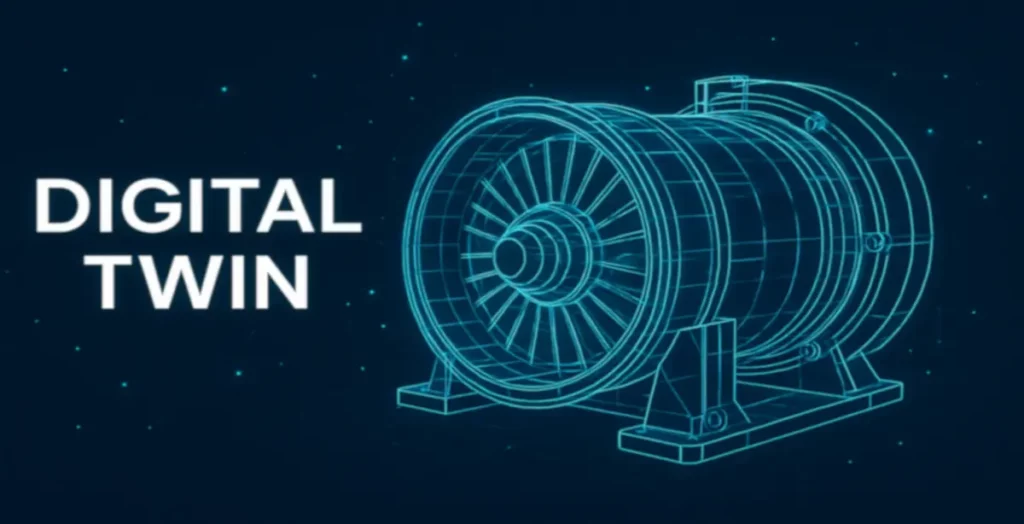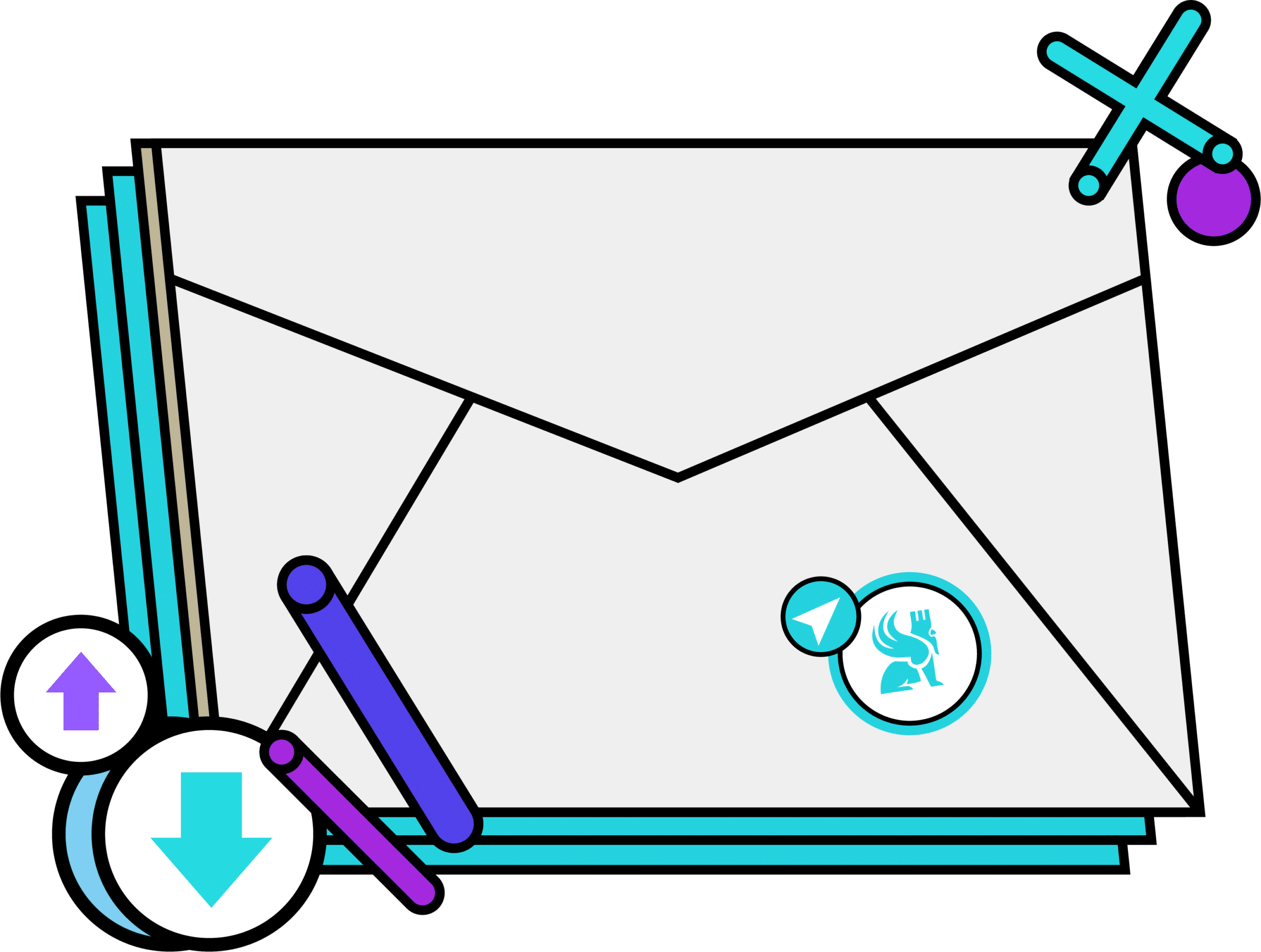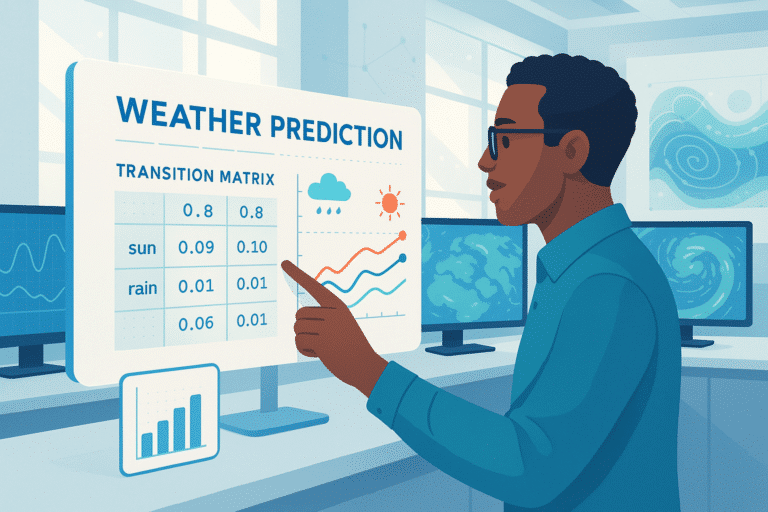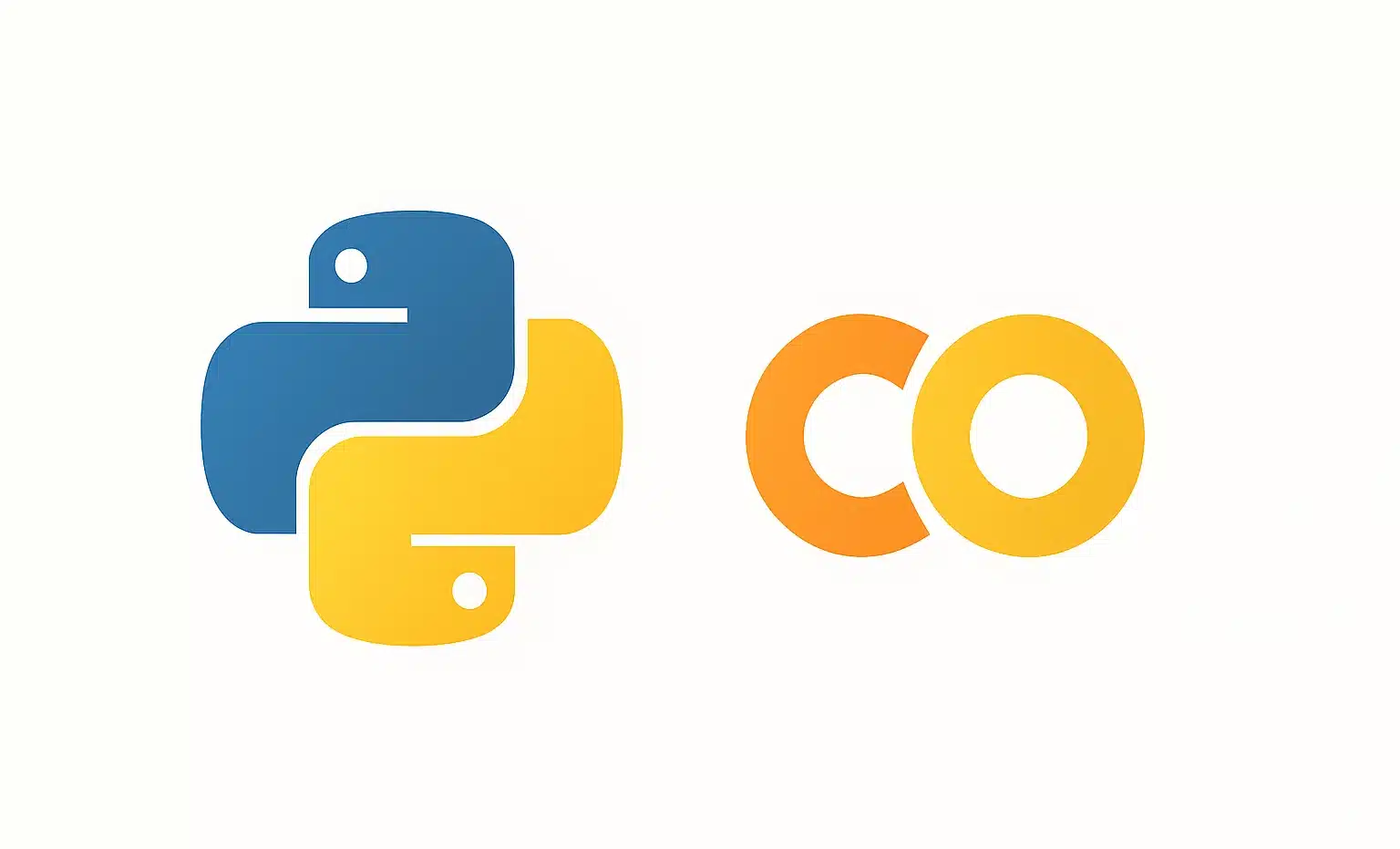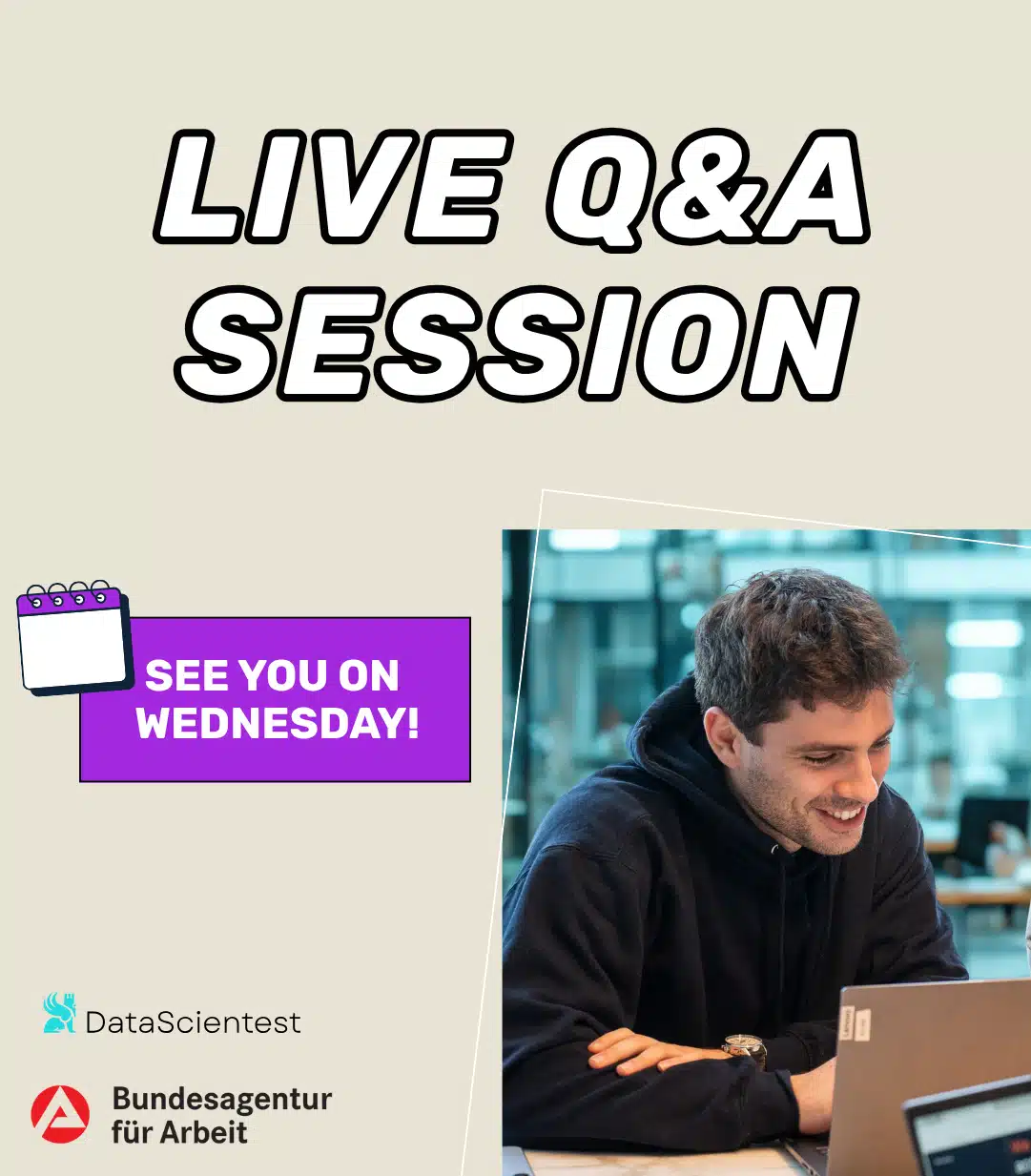Imagine being able to simulate with ultra-precision the real-time behavior of an airplane engine, a factory, or a human organ without affecting the actual model at all. This is the concept underlying Digital Twins, a groundbreaking idea set to revolutionize our industrial world approach and, ultimately, civilization as a whole…
What is the benefit of the digital universe? It lies in the capacity to test situations freely without real risk. In a video game, if our character is eliminated in a scenario, we can simply retry it and experiment with a different tactic. In the real world, this ability to retry is generally absent. Certain high-risk situations allow no room for mistakes; poor decisions can often lead to severe consequences.
This logic gave rise to Digital Twins, which are ultra-precise replicas of real-world phenomena like wind farms, aircraft engines, and glaciers. The goal is to test these digital replicas before implementing optimal strategies in the physical realm.
Who developed the idea of Digital Twins?
The concept was first referenced in 1991 in a book by Yale computer science professor, David Gelernter: Mirror Worlds: or the Day Software Puts the Universe in a Shoebox… How It Will Happen and What It Will Mean.
This visionary text portrays a future where our world is transposed into a digital universe, paving the way for tools in management, monitoring, and prediction.
It wasn’t until 2002 that Gelernter’s vision took shape as a potential concrete application in the manufacturing industry. Michael Grieves, a University of Michigan professor and innovation consultant, introduced the Digital Twin concept during a university seminar. His idea: one could optimize the product lifecycle by creating a digital replica of each physical object, continuously fed by real-world data. A few years later, Grieves named it Digital Twin.

NASA officially adopted the term in 2010. John Vickers, a Principal Technologist, introduced the term Digital Twin within the context of an internal program. He described the digital twin as an evolution of simulation models. The difference lies in the constant connection between the Digital Twin and its physical counterpart.
In reality, NASA began implementing Digital Twin principles as early as the 1960s. During the Apollo missions, each spacecraft launched had a ground-based replica to simulate astronauts’ real-time conditions. In the Apollo 13 mission, which faced significant challenges (like the explosion of an oxygen tank), engineers used the ground-based twin to simulate various rescue solutions. The film Apollo 13 (1995, Ron Howard) depicted how ground teams replicated astronauts’ actions and devised solutions on the spacecraft’s replica.
What is a Digital Twin?
A Digital Twin is a replica of a physical object or process from the real world within the digital universe. It is constantly updated with data from numerous sensors. By utilizing the digital twin, one can predict the behavior of its physical counterpart, and optimize or adjust it. The digital twin can employ artificial intelligence algorithms, aiding in optimal decision-making.
How does a Digital Twin differ from a simulation?
At first glance, Digital Twins and simple simulations may seem similar, as they are present in many recreational and professional applications. However, there are significant differences.
A simulation typically applies to a pre-determined model. For instance, a replication of a train cockpit helps simulate actions under specific conditions like wind speed and lighting.
A digital twin is far more than a simulation. It is updated in real-time by data from its physical model, thereby mirroring the current functionality of its physical counterpart. It evolves dynamically instead of being pre-set, adapting continuously according to data received from various sensors.
Additionally, a digital twin can integrate multiple objects or concurrent processes, like a factory where each machine has a virtual counterpart. Finally, communication is bi-directional. The digital twin, through its intelligent algorithms, can influence decisions made for the original physical object.
Thus, while a simulation operates on a fixed scenario, even if complex, a Digital Twin functions continuously based on real-time captured data, enabling it to handle new situations, such as an aircraft with a digital twin navigating an unprecedented route.

The components of a Digital Twin
- Sensors that collect data from the physical world;
- A digital platform where this data is processed;
- Mathematical models that duplicate real-world behavior;
- Artificial intelligence algorithms with learning and predictive capabilities.
The levels of digital twins
Digital Twins can function at different levels. To illustrate, consider a wind farm example. Each turbine has sensors that monitor key parameters: ambient temperature, weather conditions, energy output… This data is sent to the digital replica to identify performance issues or run simulations. The considered elements include:
- The component twin is the elementary unit, representing a specific part of a wind turbine.
- Asset twin: Multiple components combine to analyze interactions. For instance, in a wind turbine, the generator, speed multiplier, and blade system form a core functional asset.
- System twin: All assets build a complete system, like a single wind turbine.
- Process twin: Represents an entire production chain model. In this example, it would be the whole wind farm.
Managing these various twin levels allows for optimizing wind farm operations.
What are the applications?
Digital Twins are already benefitting several sectors:
Industry
In factories of Airbus, Unilever, and GSK, Digital Twins help anticipate breakdowns, minimize downtime, and optimize production by modeling entire assembly lines.
Automobile
Automakers (Renault, BMW, Volvo, Tesla…) use digital twins to study vehicle behavior under real conditions, enhance aerodynamics, or predict parts wear.
Civil engineering
By analyzing data on load, wear, and weather, Digital Twins can monitor structures such as bridges (Forth Road Bridge in Scotland), tunnels (Mont Blanc tunnel connecting France and Italy), and skyscrapers (One Vanderbilt – New York).
Health
Digital Twins aid in developing personalized treatments for individuals.
Urban planning
In smart cities like Singapore, Shanghai, Las Vegas, and Rennes in France, Digital Twins assist in managing traffic, energy consumption…
The advantages
Digital Twins, as seen in the cases above, lead to cost reduction, continual performance improvements, and optimized maintenance, thus reducing its frequency. They also herald significant R&D advancements and innovations.

A rapidly expanding technology
A MarketsandMarkets study from July 2022 valued the market at 6.9 billion dollars. Another Industry Sourcing study predicts substantial growth: 73.5 billion dollars by 2027. The growth is expected to be largely driven by the adoption of Digital Twins in manufacturing, health, automotive, and energy industries.
A Digital Twin of Earth?
Ultimately, model increasingly larger elements is possible, and some propose creating a digital twin of our planet. A primary goal is enhancing climate disruption predictions and impacts. The idea is not of a sci-fi realm, with several ongoing projects:
- Destination Earth (DestinE) – Europe
- Digital Twin Earth (European Space Agency)
- To some extent, Google Earth Engine
The concept holds merit, as such Digital Twins could predict the effects of deforestation or pollution. However, it’s crucial to weigh the ecological cost of such simulations, as Digital Twins demand high computing power and thus energy. It’s essential to assess the effort-versus-benefit balance.

